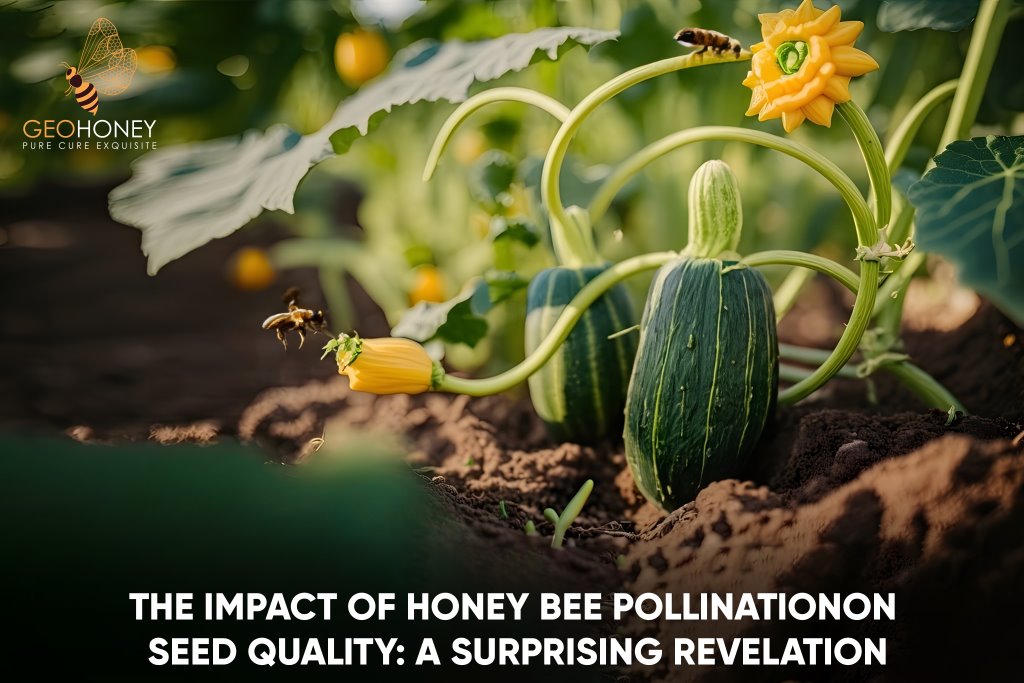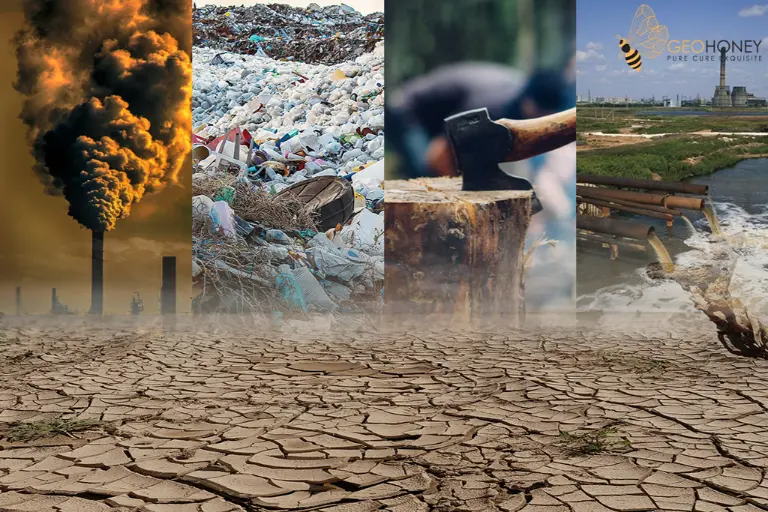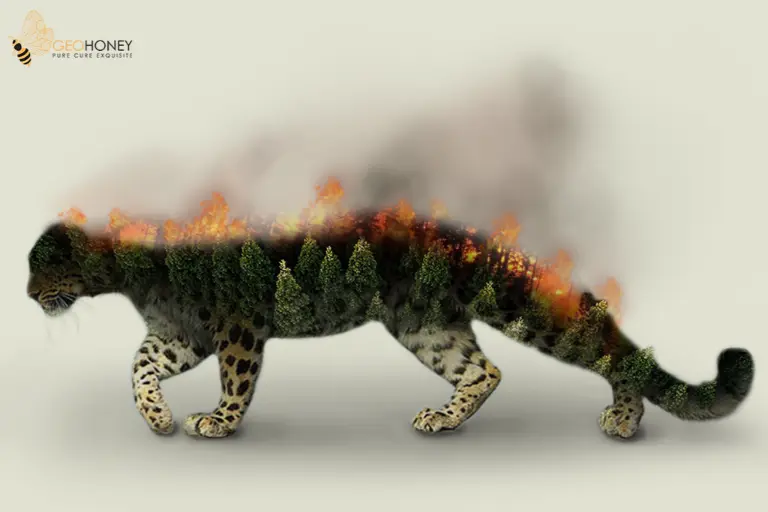- Tokyo: 19:17
- Singapore: 18:17
- Dubai: 14:17
- London: 10:17
- New York: 05:17
Honey Bee Pollinated Flowers Produce Lower-Quality Seeds

Honeybees pollinate flowers, which produce fewer and lower-quality seeds than other pollinators. This could be because honeybees spend more time than other pollinators buzzing between flowers of the same plant. As a result, more of the plant's own pollen is deposited back on itself, resulting in more inbred seeds.
Honeybees receive a lot of attention in insect conservation circles, owing to their importance in pollinating our food source. The findings, however, emphasise the necessity of prioritising pollinators such as wild, native bees, moths, and butterflies in conservation efforts. For the study, ecologists meticulously tracked the pollination of blooms from three native plant species in San Diego County: white sage (Salvia apiana), black sage (Salvia mellifera), and Phacelia distans.
Watching a single pollinator, be it a honeybee, a wild bee, or something else, arrive and go from a bloom. Placed a mesh bag over the blossom and returned later to gather its seeds. Also collected the seeds of flowers that had cross-pollinated or self-pollinated by hand, which were carefully covered with a sack to keep any new visitors out.
Despite having over 650 native bee species, the western honeybee (Apis mellifera) is the most frequent floral visitor in San Diego County, according to the study. Whatever native plants [are] blooming abundantly, they're just dripping with honeybees. Back in the greenhouse, Nurtured the seeds, analysing factors that showed their quality, such as how many seeds germinated and survived, as well as how many leaf or flower seedlings grew.
When compared to other pollinators, largely native insects, the white sage and P. distans plants produced around half the amount of seeds from flowers pollinated by honeybees. Seeds of P. distans from honey bee-pollinated plants produced seedlings with fewer blooms. The black sage plants did not receive enough non-honeybee visitors for comparison, but when pollinated by honeybees, they produced less seeds than when cross-pollinated by hand.
They also discovered that honeybees visited around twice as many blooms on one plant before moving on to the next than other pollinators on average. This implies that fewer, lower-quality seeds may be produced as a result of honeybees transferring more pollen between blooms of the same plant, resulting in more inbred seeds. Other pollinators flitted between plants more frequently, likely transporting more diverse pollen. Because honeybees pollinate in such a meticulous manner, the findings are likely to be applicable to other plants. However, it is difficult to predict how events will unfold in the long run.
One possible outcome is that native plant populations would dwindle as future generations become increasingly inbred, limiting biodiversity. According to Maria van Dyke, a pollinator ecologist, it would be fascinating to watch how inbred plants perform after several generations. It is time to shift our pollination reliance from honeybees to... natural species as well.
Source: sciencenews.org




Therefore, future generations may dwindle. As we all know bees are one of the great pollinators.